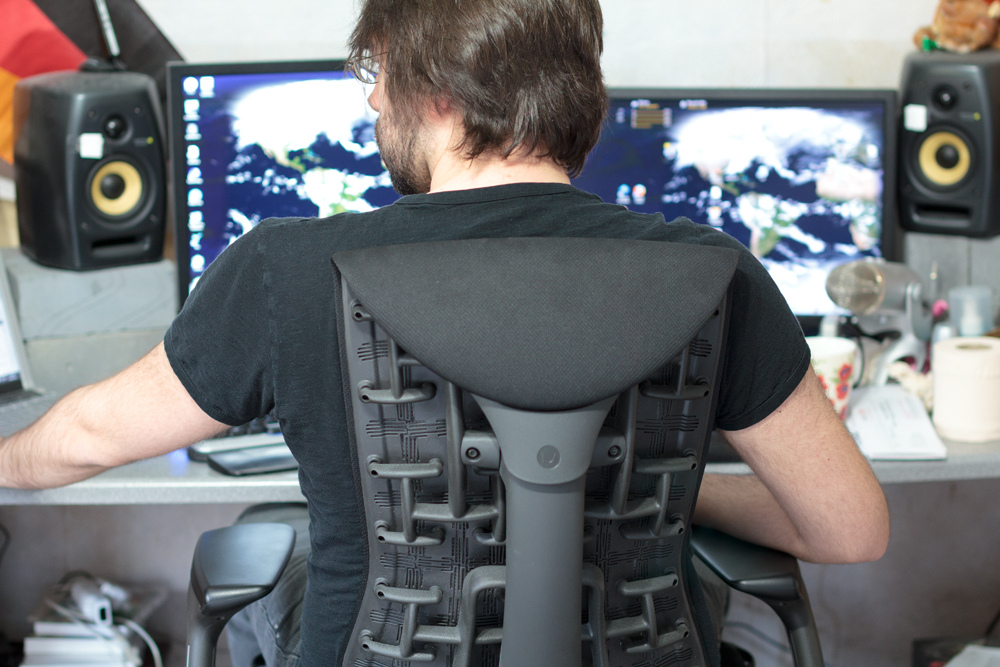BY CORRINA COETZER
Writing stories based on interviews can present a load of challenges to journalists. Setting up interviews can take time and effort, but with tight deadlines, and possibly working in different time zones, most journalists don’t have the luxury of extended chats with their interviewees.
The email interview is a possible solution. Like a coin though, it has two sides.
Why email interviews can work
-
They save time
An email interview is less time consuming. You don’t have to spend endless hours trying to make contact with the subject. Just type out your questions and hit the send button.
Often people don’t have time for a face-to-face or telephone interview. An email allows them time to read and respond at their first opportunity.
If you work full time and freelance on the side, scheduling interviews could be a challenge. Different time zones can lead to difficulties in scheduling a phone call. Email interviews can then become very handy.
In addition an email could save the day when you’re on a tight deadline.
-
They’re precise and efficient
Your source has more time to think about and formulate well-thought-out answers rather than top-of-the-head responses that may be off the mark. The result is more precise reporting.
You can provide the interviewee with a complete introduction and a list of questions, making email interviews very efficient. If the interviewee cooperates, you will get back a digital file with information and quotes. There’s no need to transcribe the answers. You can just copy and paste quotes straight from the interviewee’s reply into your article.
-
You have a written record
American journalist, Daniel Golden, likens an email interview to the transcripts of a court case. You can’t really be accused of misquoting. It’s a written record of what sources say in case they dispute something.
-
You achieve better quotes
Some people are simply better with the written word. Therefore, a source could be more quotable in an email than in a person-to-person interview.
The downside to the email interview
-
There’s no reply
Unfortunately emails can sit unanswered in email inboxes for days or weeks. Then there’s the spam filter box which could prevent emails from going further.
-
You don’t really know who replied
Do you have any idea who is replying? It may be a public relations advisor who crafted the executive’s email, or even an impostor. You must talk to the source to verify that he or she is the author of the email.
Avoid getting egg on your face. Email-addresses can be faked so verify your sources and their online identities. Don’t fall for a hoax.
On http://www.poynter.org in a column entitled “Email Interview Advice”, Jonathan Dube, digital media executive, relates how a reporter wrote a story about cyber terrorism based on an email tip. Later it turned out that the email was sent by a journalist posing as a terrorist.
-
You’re missing out
Email interviews deny you the chance to be spontaneous or to immediately ask follow-up questions based on what the source is saying. You’re unable to get them to dig deeper, digress, explain or clarify, thereby robbing your story of its sparkle.
Moira Allen, editor of Writing-World.com, warns that email interviews are “less effective when you’re trying to develop a profile or catch a personal glimpse of the interviewee – a profile that would include not only the individual’s words but also your observations of the person’s appearance, actions, skills, emotions, tone of voice, etc.”
In “The E-Mail Interview Debate” on http://www.ajrarchive.org, Mark Lisheron, senior contributing writer, writes: “Journalism professionals put email at the very bottom of their interviewing hierarchies, below the interview in person, below the phone interview.”
But, he continues, “email is a tool, in the box alongside the sit-down and the phone, convenient, quick, precise and very often essential.”
About the Author:

When she isn’t reading or writing, she enjoys a good movie, music, going to the theatre, trying her hand at a new recipe and drooling over miniature dollhouses. Her other great loves include chocolates and cats (just don’t tell her dogs).
Photo credit: Flickr.com_Mr Seb













